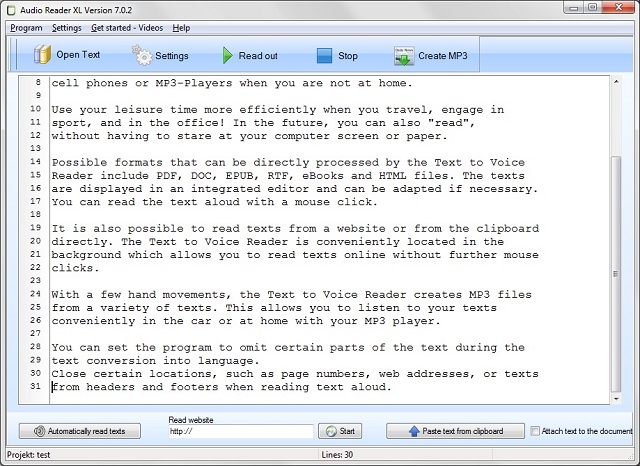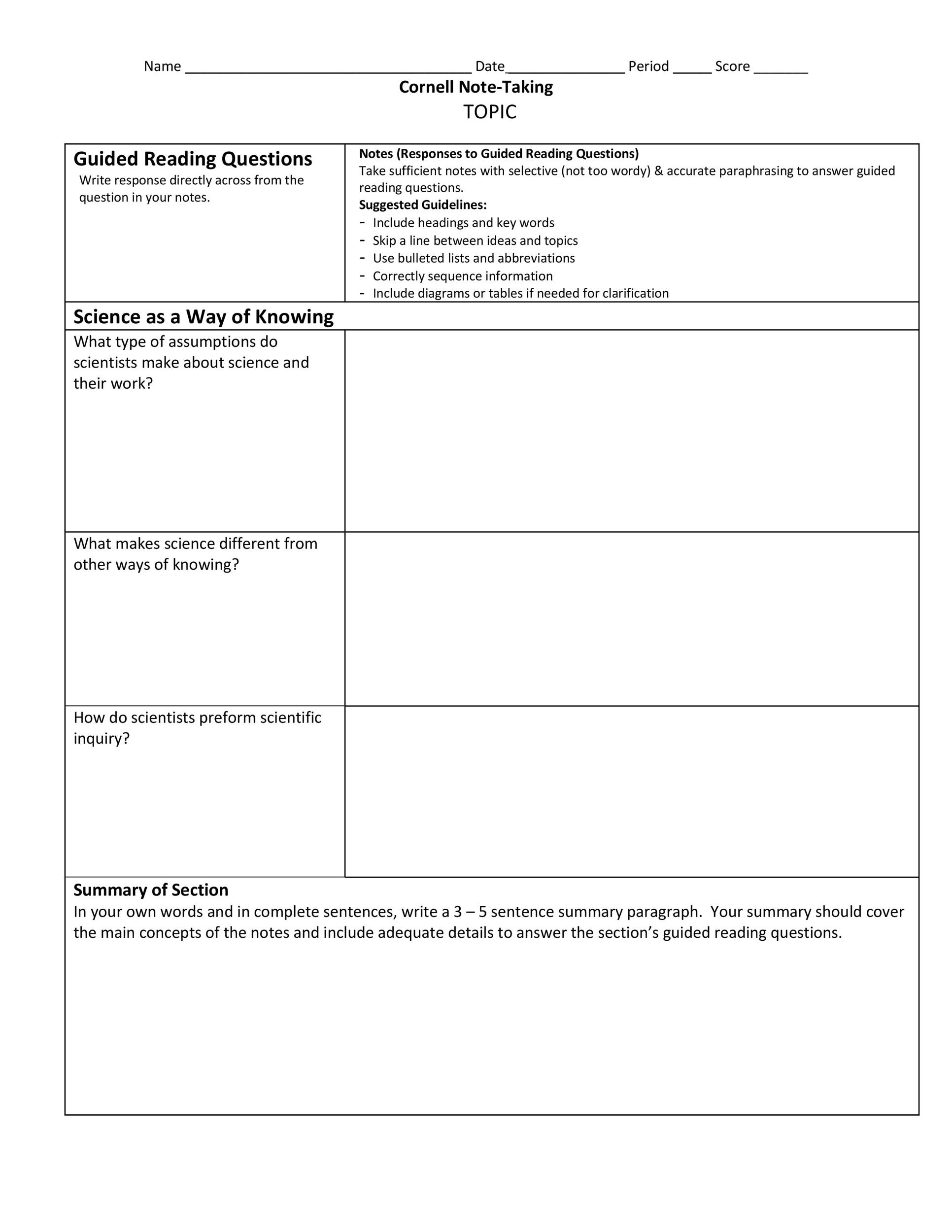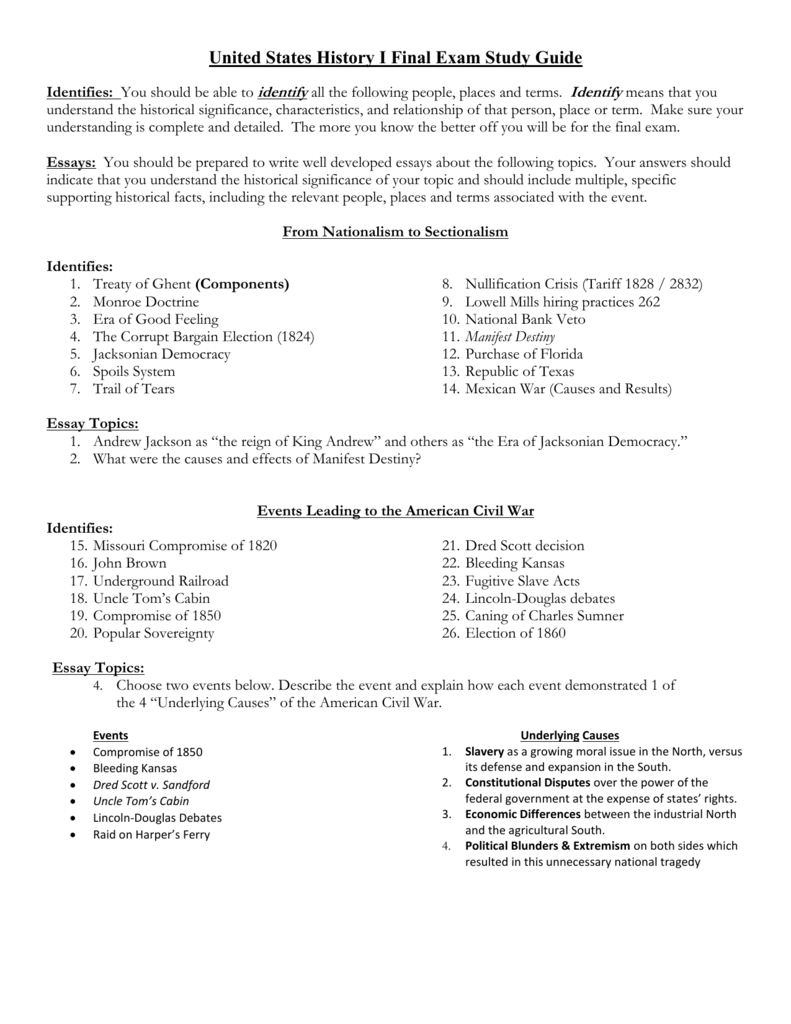How to write a trigger? - Answers - Salesforce Trailblazer.
In most cases, you should use a before trigger to validate pending changes (in case the validation fails, you can prevent the change before it is committed), and to make additional changes to the triggering object, and you should use an after trigger to make changes to other objects. Here's how I'd re-write your trigger, based on the code you provided.
Write a trigger for a Salesforce object. Use trigger context variables. Call a class method from a trigger. Use the sObject addError() method in a trigger to restrict save operations. Writing Apex Triggers. Apex triggers enable you to perform custom actions before or after events to records in Salesforce, such as insertions, updates, or deletions. Just like database systems support triggers.

I am trying to write a trigger on contact to check the dup for record type and email.PLease help.. because after inserting and after update how can you restrict it is not possible for that you have to remove after insert and after update Trigger context variable in your Trigger.

I am assigning the value trigger(0) to an Account variable. I can then access the fields on the account, as you can see I change the value of Type. Then I update the database. The commit to the database is fired once the code completes. This is a basic example of how to write a trigger. There are other things such as 'Govener Limit Exceptions.

Because this trigger is an after trigger, we can query the affected records from the database. They’ve already been committed by the time the after trigger is fired. Let’s write a SOQL query that returns all accounts in this trigger that don’t have related opportunities.

After completing this unit, you’ll be able to: Write an Apex trigger to subscribe to change events. Generate change event notifications by making updates in Salesforce, and verify debug log messages from the trigger in the debug log. Write an Apex test class to test and provide coverage for the Apex trigger.

Salesforce How To How to Write your first Salesforce Apex Trigger Darko Todorovski March 17, 2020 1 Comment 0 120 March 17, 2020 1 Comment 0 120.

What Is Trigger In Salesforce? A trigger is an Apex script that executes before or after specific data manipulation language (DML) events occur, such as before object records are inserted into the database, or after records have been deleted. Triggers enable you to perform custom actions before or after changes to Salesforce records.

Writing a Simple Apex Trigger !! Now we know where to write a Trigger, let’s begin with a simple example. In this scenario I would like to add a custom text in the last name of a contact.

Before deploying a trigger, write unit tests to perform the actions that fire the trigger and verify expected results. Let’s test a trigger that we worked with earlier in the Writing Apex Triggers unit. If an account record has related opportunities, the AccountDeletion trigger prevents the record’s deletion.

Salesforce Event updates parent record (Apex After Insert Trigger) Ask Question Asked 3 years ago. Active 3 years ago. Viewed 1k times 0. I have a basic trigger below that should update the field, Last Meeting Date, after saving a new event. The code works fine in my Sandbox environment, however it shows 0% code coverage and will not allow me to roll out into production. Any help would be.

If we perform update operation on the record in after update event logic recursive triggers will arise. Using static boolean variable in an apex class (we should not keep static boolean variable inside of the trigger) we can avoid recursive triggers.

You can add an after insert FeedItem trigger to listen to the content of a member’s post and intelligently insert a Rich Publisher App. For example, you can also add triggers that update your app in response to changes to other objects, like comments or answers. Let’s look at an after insert trigger in action.



